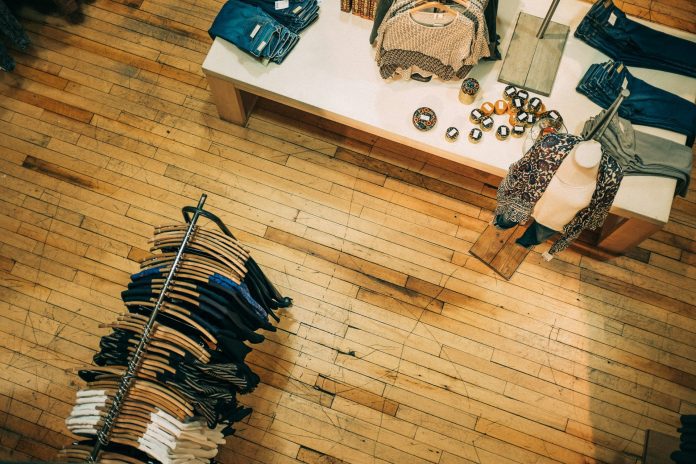In recent years, the fashion industry has witnessed a significant transformation with the rise of sustainable fashion. This shift is a response to the growing environmental and social concerns associated with traditional fashion practices. The fashion industry, known for its fast-paced production cycles and mass consumption, has long been criticized for its negative impact on the planet. From excessive water usage and chemical pollution to textile waste and poor working conditions, the environmental and social costs of fast fashion are undeniable.
However, as consumers become more conscious of these issues, there has been a noticeable change in attitudes towards fashion. People are increasingly seeking out eco-friendly alternatives and are more mindful of the environmental and ethical implications of their clothing choices. This shift has led to a surge in demand for sustainable fashion, prompting brands to rethink their production processes and adopt more environmentally friendly practices.
Sustainable fashion encompasses a range of practices aimed at reducing the industry’s impact on the planet and its people. This includes using organic or recycled materials, reducing waste through innovative design and production techniques, and ensuring fair wages and working conditions for garment workers. The rise of sustainable fashion has also paved the way for the growth of ethical and eco-conscious brands that prioritize transparency and sustainability.
In this blog, we will explore the rise of sustainable fashion in more detail, examining its impact on the industry and the planet. We will also look at the eco-friendly alternatives available to consumers and the role they play in driving change. By understanding the importance of fashion and making informed choices, we can all contribute to a more sustainable future for the fashion industry.
Understanding Sustainable Fashion
Sustainable fashion encompasses a range of practices aimed at minimizing the environmental and social impact of clothing production. This includes using organic or recycled materials, reducing waste through circular design principles, and ensuring fair wages and working conditions for garment workers.
The Environmental Impact of Fast Fashion
The fast fashion industry, known for its rapid production cycles and low-cost, disposable clothing, has a significant environmental footprint. From water pollution and greenhouse gas emissions to textile waste and chemical pollution, the environmental impacts of fast fashion are far-reaching.
The Rise of Ethical and Eco-Friendly Brands
In response to growing consumer demand for sustainable fashion, a wave of ethical and eco-friendly brands has emerged. These brands prioritize transparency, ethical production practices, and environmentally friendly materials. From small independent labels to larger corporations, fashion is becoming increasingly accessible to consumers.
Eco-Friendly Alternatives
There are many eco-friendly alternatives available to consumers looking to reduce their environmental footprint. This includes clothing made from organic or recycled materials, as well as second-hand and vintage clothing. Additionally, consumers can support brands that prioritize sustainability and ethical production practices.
The Role of Consumers in Driving Change
Consumers play a crucial role in driving the shift towards sustainable fashion. By making informed purchasing decisions and supporting brands that prioritize sustainability, individuals can influence the industry and encourage more responsible practices.
Consequence
The rise of sustainable fashion represents a shift towards more ethical and environmentally friendly practices in the fashion industry. With increasing awareness of the environmental and social impacts of clothing production, consumers are demanding change. By embracing eco-friendly alternatives and supporting brands that prioritize sustainability, we can create a more sustainable future for fashion.


















